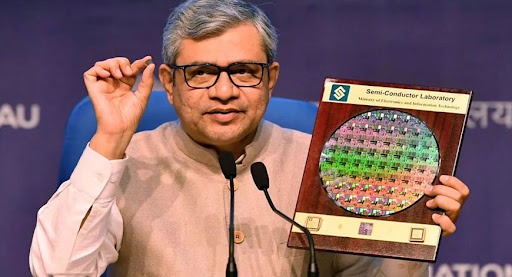India is making significant strides in the semiconductor industry, with Union Minister Ashwini Vaishnaw announcing the development of 25 chipsets featuring indigenous intellectual property. This ambitious initiative, spearheaded under the Design-Linked Incentive (DLI) scheme, focuses on high-risk areas such as surveillance and Wi-Fi access. The Centre for Development of Advanced Computing (C-DAC) in Bengaluru is leading 13 of these projects, showcasing the nation’s commitment to technological self-reliance.
In a groundbreaking move, 20 chips designed by students are set to be taped out at the Semiconductor Laboratory in Mohali, marking a milestone in fostering local talent. The government has also equipped 240 educational institutions with state-of-the-art chip design tools, paving the way for 85,000 skilled engineers over the next decade. This initiative aligns with India’s broader vision of transitioning from a service-oriented economy to a product-driven one.
Additionally, the Production-Linked Incentive (PLI) scheme for electronic components is expected to double value addition within five years, further boosting India’s electronics production and exports. With a focus on integrating into global supply chains, the government’s “Make in India, Make for the World” mantra is driving this transformation.
Sources: Moneycontrol, Business Standard, India Today.
